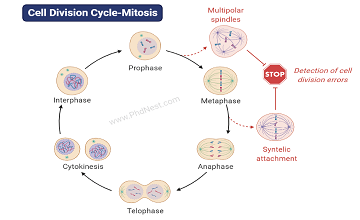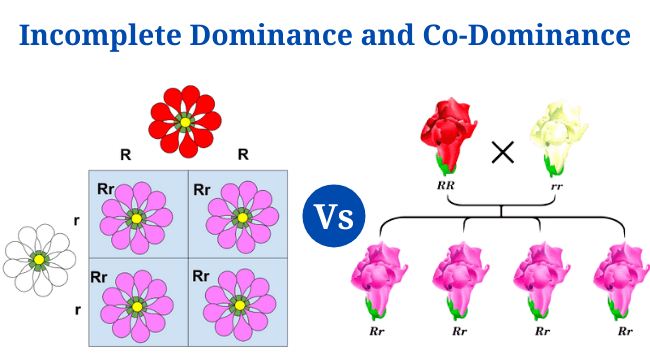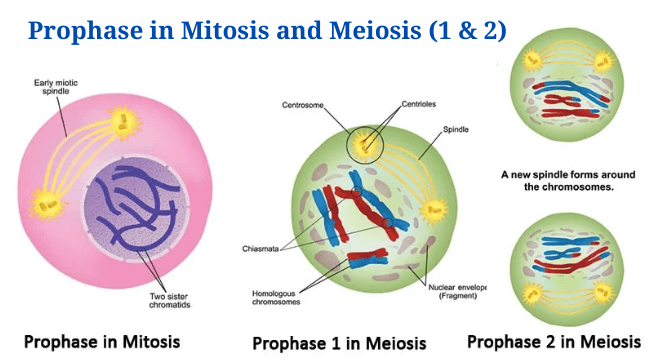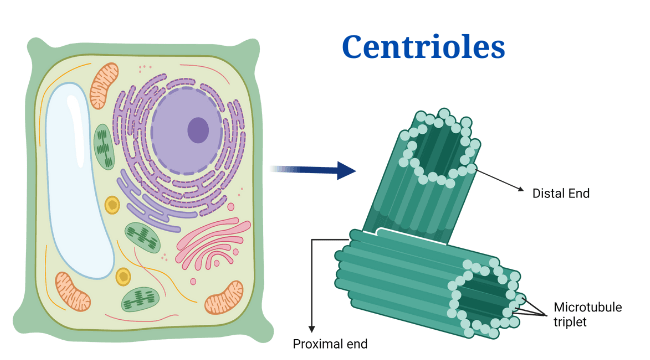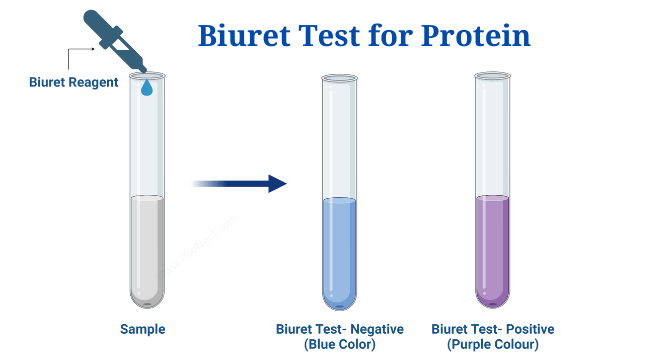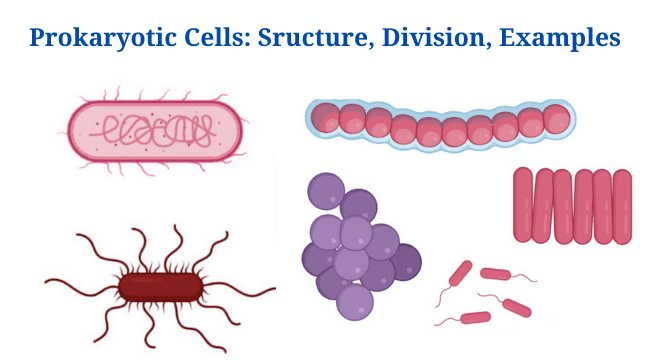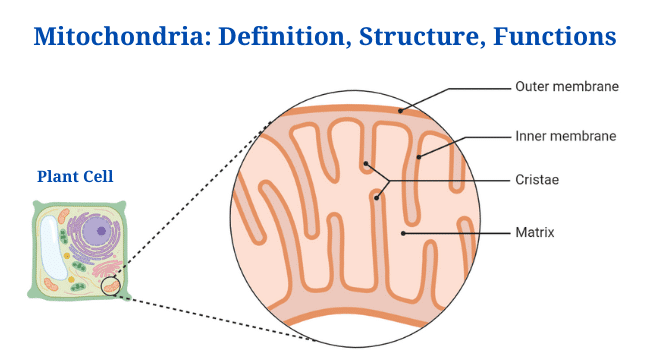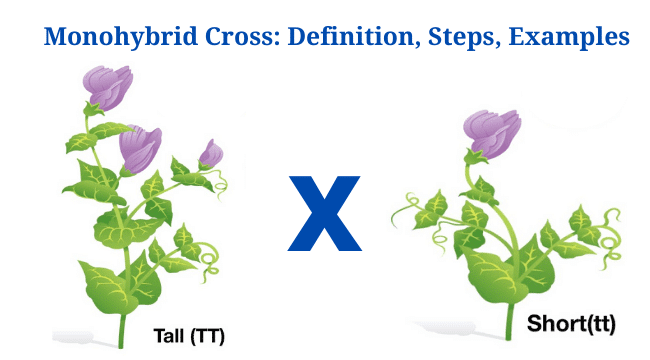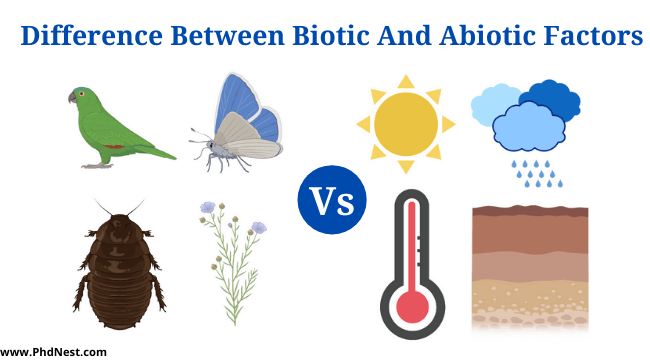Mitosis: Definition, Purpose, Stages and Diagram
Definition of Mitosis Mitosis is a type of cell division that occurs in the body. Mitosis is a cell division process in which one cell divides into two genetically identical daughter cells, resulting in cell reproduction and duplication. The number of chromosomes is preserved in both the daughter cells. Mitosis is a short period of … Read more

